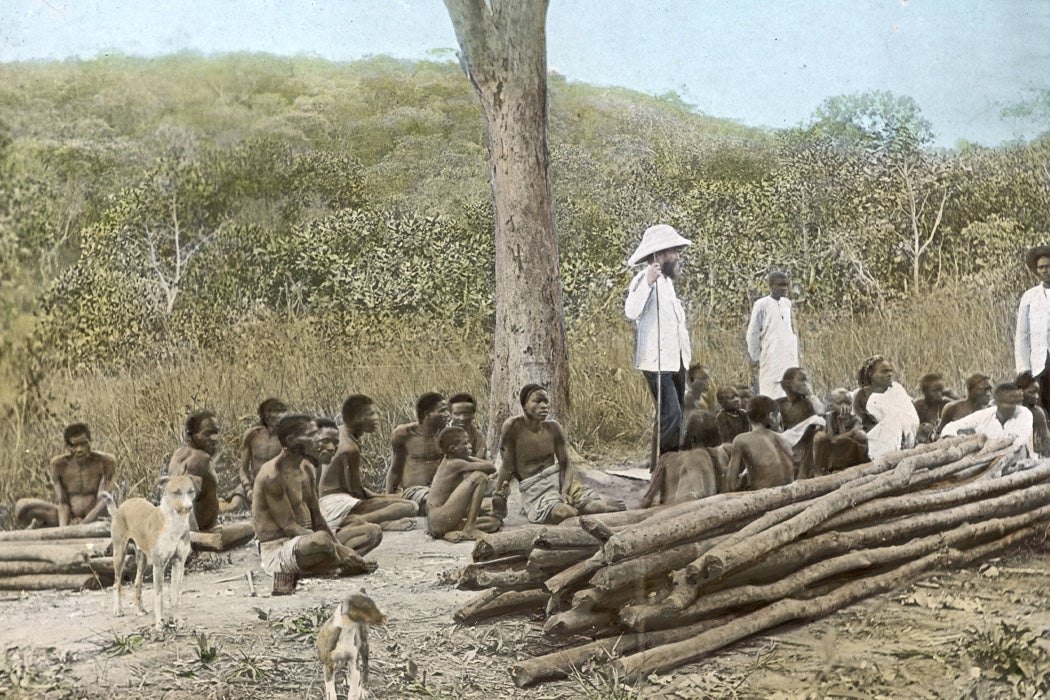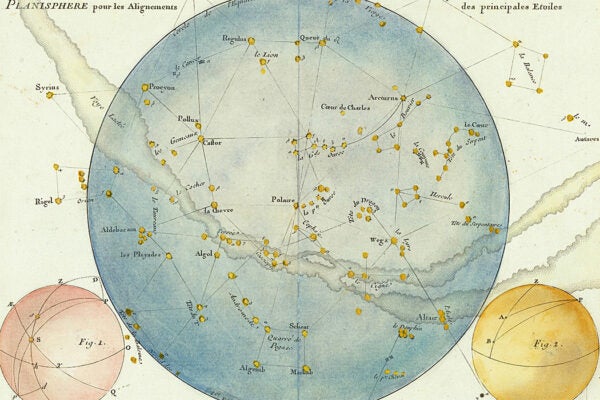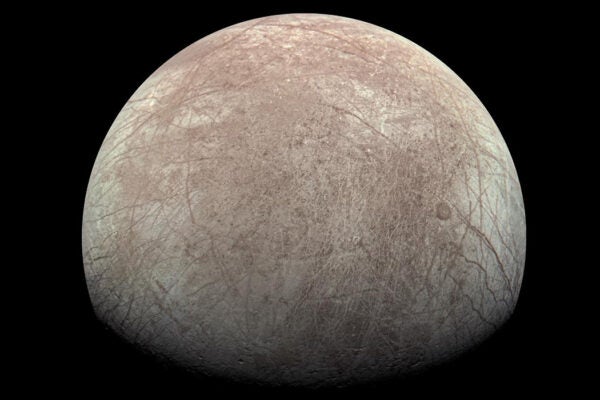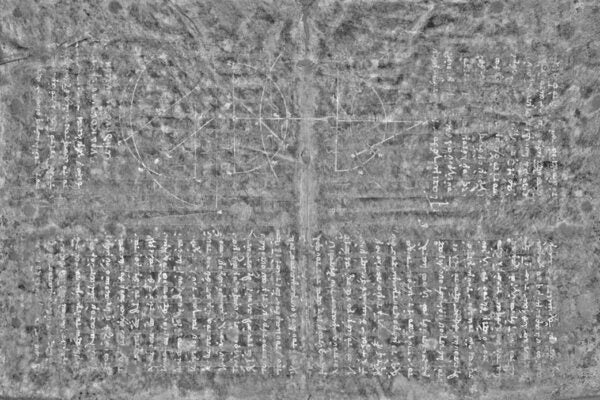In mid-September an American missionary named John Chau was killed by the residents of North Sentinel Island, in a remote part of the Andaman Islands, in India’s Bay of Bengal. The reclusive native tribe has expressed so little interest in being contact that just setting foot on their island is crime under Indian law. Crucially, this means the island itself remains isolated. The tribal people are hunter-gatherers who do not appear to engage in agriculture, so presumably their ecological footprint on the island is quite modest. The New York Times describes the island as existing in “a museum case.” What would be lost, in addition to the culture of the tribe, if missionaries were to breach the island?
Historically, Christian missionaries have had significant impacts on the environment.
Nigel Dudley, Liza Higgins-Zogib, and Stephanie Mansourian write in Conservation Biology that faith is often a driver of biodiversity conservation. Some faiths revere particular species. While these sacred species may be exploited by humans, the spiritual connection to them often drives more sustainable use. Throughout India and parts of Africa, for example, there are sacred groves of trees and gardens where access is restricted for specific faith purposes. These sites have higher diversity than surrounding areas, and are often better protected from exploitation than even officially protected areas. Traditional cemeteries can be important refuges for native plants, protected by taboos against disturbing the dead.
Some of these sacred sites, note Dudley et al., have been destroyed by Christian missionaries who objected to idolatry. Christian missionaries have frequently been singled out for criticism, possibly because they have been active for centuries across much of the globe. An examination of nineteenth-century Christian missionaries in Malawi by Wapulumuka O. Mulwafu, provides a case study of this complex legacy.
According to Mulwafu, Christian missionaries arrived in Malawi viewing Africa as a latter day manifestation of Eden, and strove to protect its ecology. The missionaries imposed European methods of agriculture, with the assumed intent of protecting Africans from themselves. According to Mulwafu, indigenous agricultural methods were not benign— highly destructive slash and burn agriculture was common— but some methods were indeed well-suited to local conditions.
Get Our Newsletter
The missionaries believed themselves to be the only true stewards of Africa’s environment. Missionaries worked hard to end slash and burn practices. They also worked to end the slave trade in Malawi. As they tried to build alternate economies, however, missionaries opened up ecologically-sensitive areas to cultivation.
Missionaries in Africa and elsewhere also paved the way for colonial rule, and their desire to “preserve Eden” did lead to some colonial-era conservation rules. However, missionary-converted local congregations then became some of conservation’s fiercest opponents.







